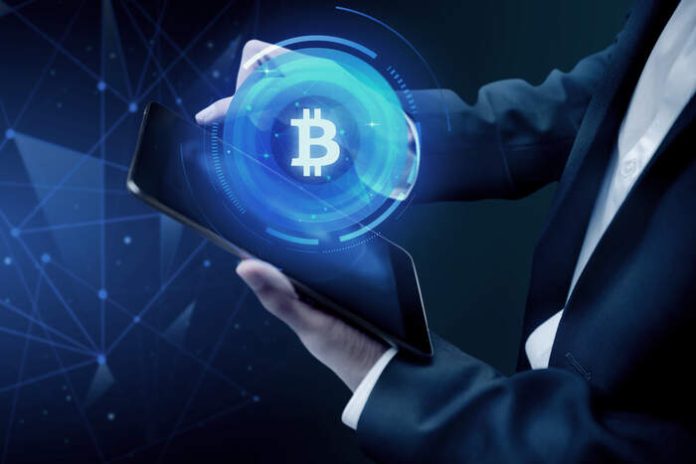Introduction
Before 8000 years ago there was a system used called the barter system. It was the direct exchange of goods and services without the use of money. This form of commerce worked on a mutual agreement between parties.
However, over time, the barter system failed due to:
- Unfair trade exchanges
- Lack of standardization
- Dependence on coincidence of wants
To solve this, people began trading in precious metals like gold. Gold coins replaced barter because they were durable, divisible, and portable. Yet, issues like weight and purity limited their long-term use.
This gave rise to standardized money. The first true coins were produced in Lydia (Turkey) around 600 BCE, and in 6th century BCE India, punched silver coins came into circulation.
Later developments included:
- Paper currency (introduced in India under the Paper Currency Act, 1861)
- Electronic payments (credit cards in the 1960s)
- Digital payment services (1998–99, controlled by RBI)
Today, both physical money and digital platforms exist, alongside a new evolution: digital currency.
What is Digital Currency?
The term digital currency was first used in 1989. It refers to a form of virtual currency that serves as:
- A medium of exchange for goods and services
- An investment asset
- A way to transact outside traditional banking
Examples include Bitcoin, Ether, Litecoin. These are known as cryptocurrencies, and they rely on cryptography to secure transactions.
Decentralization of Digital Currency
Unlike traditional currencies, decentralized currencies are not controlled by any central authority like a government or bank.
Key features include:
- Peer-to-peer transactions (faster, cost-effective)
- Distributed ledger technology (DLT) to record transactions
- Public and private keys to secure ownership
- Consensus mechanisms like Proof-of-Work (PoW) or Proof-of-Stake (PoS)
Bitcoin and Ethereum are leading examples of decentralized currencies.
Bitcoin – A Cryptocurrency with Blockchain Technology
Bitcoin was invented in 2009 by Satoshi Nakamoto (pseudonym, still anonymous). The whitepaper titled “Peer-to-Peer Electronic Cash System” introduced Bitcoin as a decentralized alternative to traditional currency.
Alongside, Blockchain Technology was introduced to secure Bitcoin transactions.
How Blockchain Works
Blockchain is essentially a digital ledger made up of blocks.
- Each block stores transaction data.
- Blocks are linked using cryptographic hashes.
- Tampering is nearly impossible as it would disconnect the participant from the chain.
But who validates transactions? That’s where miners come in.
Blockchain Miners
Miners are participants who use computing power to:
- Validate transactions
- Solve mathematical puzzles
- Add new blocks to the chain
They are rewarded with cryptocurrency and transaction fees.
Why mining matters:
- Maintains security and decentralization
- Prevents tampering or manipulation
- Introduces new units of cryptocurrency into circulation
Mining requires high energy and computational power, making it similar to running a large data center.
Legal Consequences of Cryptocurrencies in India
India’s stance on cryptocurrency remains uncertain. While trading is legal, crypto is not recognized as legal tender.
Key Legal Issues:
- Regulatory ambiguity – No dedicated cryptocurrency law.
- No comprehensive law – The 2021 bill to ban private crypto wasn’t passed.
- Supreme Court ruling (2020) – Struck down RBI’s ban on banking support for crypto.
- Fragmented oversight – FIU-IND, SEBI, Income Tax Dept. all involved.
- Tax regime – One of the strictest globally:
- 30% flat tax on profits
- 1% TDS on transactions
- No set-off of losses or deductions allowed
- AI-based strict monitoring
Money Laundering and Illicit Use
Crypto’s pseudonymity makes it vulnerable to misuse.
- AML obligations under PMLA (exchanges must register with FIU-IND).
- Enforcement Directorate (ED) actively tracks scams (e.g., ₹1,600 crore BitConnect scam).
- Lack of consumer protection laws leaves investors exposed.
- 2025 CoinDCX hack highlighted major security gaps.
Competition from the Digital Rupee (CBDC)
The RBI is promoting its Digital Rupee as a regulated alternative to private crypto.
- Pilots underway for retail and wholesale use
- Aims to reduce risks from unregulated private cryptocurrencies
- Concern: private crypto may weaken traditional banking
Data Privacy Challenges
The DPDP Act, 2023 introduces a “Right to Erasure,” but blockchain’s immutability makes this difficult.
Other conflicts:
- IT Act requires government-certified digital signatures, unlike blockchain hashes.
- Smart contracts are irreversible, clashing with court-ordered remedies.
- Cross-border transactions raise jurisdictional issues.
Conclusion
Blockchain technology revolutionized financial transactions but carries risks:
- Terror funding
- Investment risk
- Irreversible transactions
- Market manipulation
The future of cryptocurrency depends on:
- Clearer regulations and oversight bodies
- Advanced scaling (Layer 2 networks)
- Energy-efficient systems (Proof-of-Stake)
- Investor education and protection
Cryptocurrency is not just a trend—it is a disruptive force reshaping finance. Its long-term survival depends on how effectively it balances innovation with regulation.
FAQs on Cryptocurrency in India
Q1. Is cryptocurrency legal in India?
Yes, trading is legal, but crypto is not recognized as legal tender.
Q2. What tax applies to crypto profits?
A flat 30% tax, plus 1% TDS on all trades.
Q3. Can I offset crypto losses?
No, losses cannot be set off against other income.
Q4. Is Bitcoin safer than the Digital Rupee?
Bitcoin is decentralized but volatile. The Digital Rupee is state-backed, making it safer but less flexible.
Q5. Does India plan to ban crypto?
Currently, there is no ban. The government is focusing on regulation while promoting its CBDC.
References
- Supreme Court of India, Internet and Mobile Association of India v. RBI (2020)
- Reserve Bank of India – Digital Rupee Pilot (2023-25)
- Ministry of Finance, Government of India – Cryptocurrency Policy Papers
- Financial Action Task Force (FATF) Recommendations
Also Read:
Rights of undertrial prisoners in India
How To Send A Legal Notice In India


